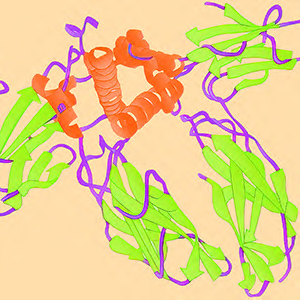INTERFERENTI ENDOCRINI: VALUTAZIONE DEL RISCHIO DI EFFETTI SULLA RIPRODUZIONE E SVILUPPO EMBRIONALE
 Smart Citations
Smart CitationsSee how this article has been cited at scite.ai
scite shows how a scientific paper has been cited by providing the context of the citation, a classification describing whether it supports, mentions, or contrasts the cited claim, and a label indicating in which section the citation was made.
The definition of endocrine disruptor includes those compounds that cause adverse effects by a mechanism of action involving one, or rarely, more components of the complex of hormones that regulate the life of a higher organism. This classification differs from other toxicological classifications because it considers a mode of action rather than an effect. Like all quality classifications, and not based on quantitative data such as the dose-response relationship and the estimation of exposure, typical of risk assessment, it is not very useful for the management of substances so classified. In fact, decisions based on dichotomous classifications, interfering/non-interfering, can only be dichotomous, approved/non-approved use. Toxicity studies performed on the experimental animal identify the apical effects, including those that can result from a mechanism involving the hormonal system. On the basis of the dose response relationship for these effects, it is possible to identify the dose without effect (No Observable Adverse Effect Level, NOAEL, generally expressed in mg/kg body weight) and from this, dividing by appropriate factors, called safety or uncertainty factors, the exposure limit is defined (for example the Acceptable Daily Intake, ADI). If effects possibly related to endocrine disruption are observed, specific in vitro, in vivo or even computational studies may be conducted to understand the mechanism underlying the observed effect and, possibly, to a more accurate definition of the dose response relationship. Therefore, the simple classification as endocrine disruptor should not preclude the quantitative approach to risk assessment, and the classification should not be use alone to take risk management decisions.


 https://doi.org/10.4081/incontri.2022.801
https://doi.org/10.4081/incontri.2022.801
